23 Incredible Examples Of Dolphin Intelligence That Will Blow Your Mind
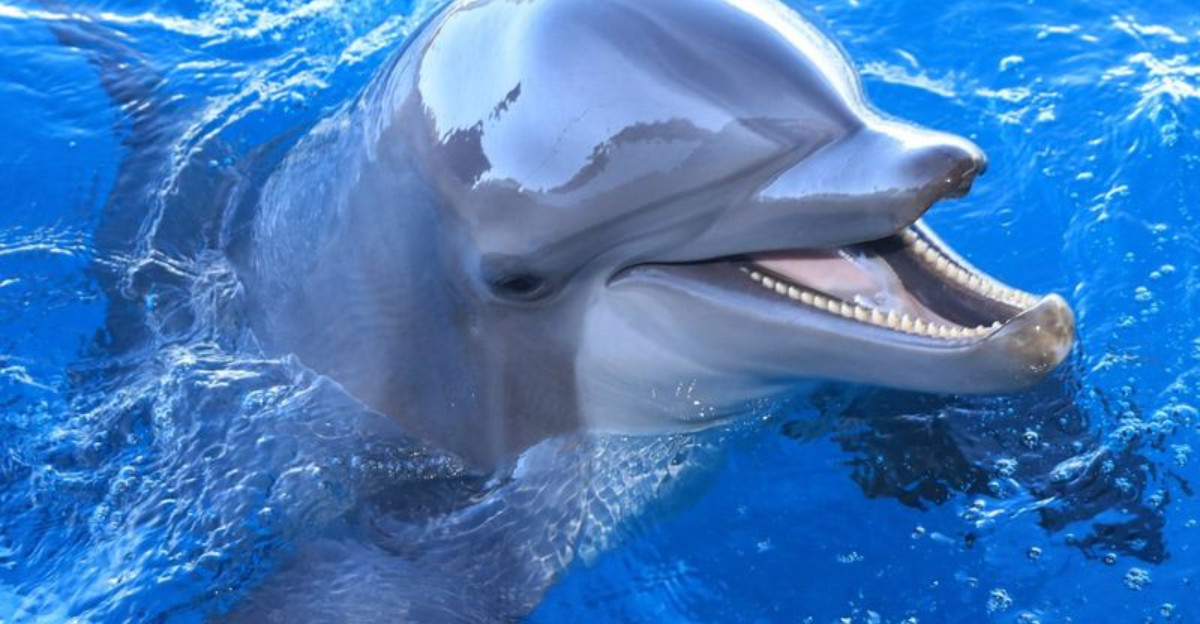
Dolphins are renowned for their remarkable intelligence and complex behaviors that often mirror those of humans.
From their social structures to their ability to use tools, dolphins offer a fascinating glimpse into the minds of one of the ocean’s most intelligent creatures.
1. Understanding Cause And Effect
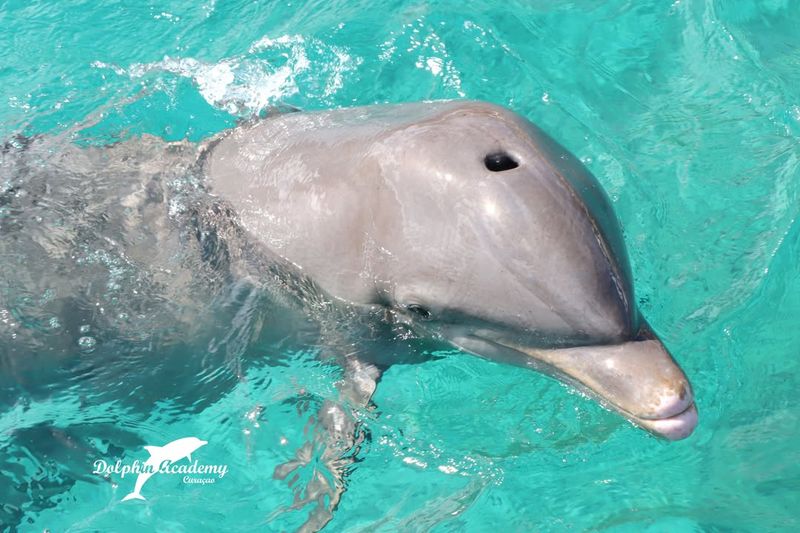
Dolphins are highly skilled at understanding the relationship between their actions and the outcomes.
This is evident in their problem-solving behavior, such as manipulating objects in their environment to achieve specific goals. They are able to adapt their actions based on the consequences, a sign of advanced cognitive abilities.
2. Advanced Emotional Intelligence
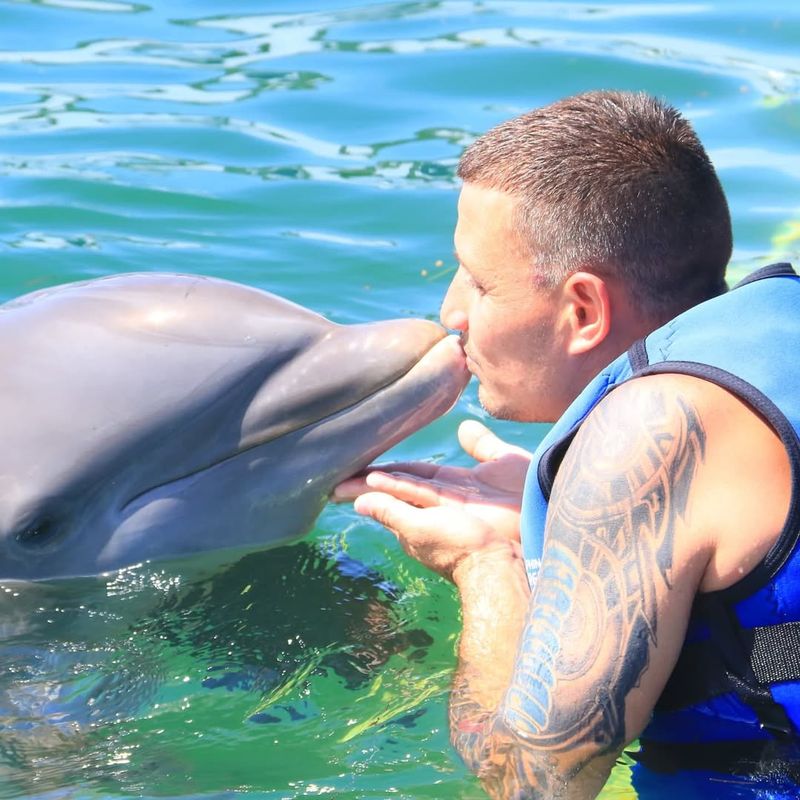
Dolphins exhibit remarkable emotional intelligence by understanding and responding to the emotions of others. They can comfort distressed companions, display empathy, and even participate in group support for injured or sick members of their pods.
This emotional depth makes dolphins one of the most socially sophisticated species in the animal kingdom.
3. Echolocation Mastery
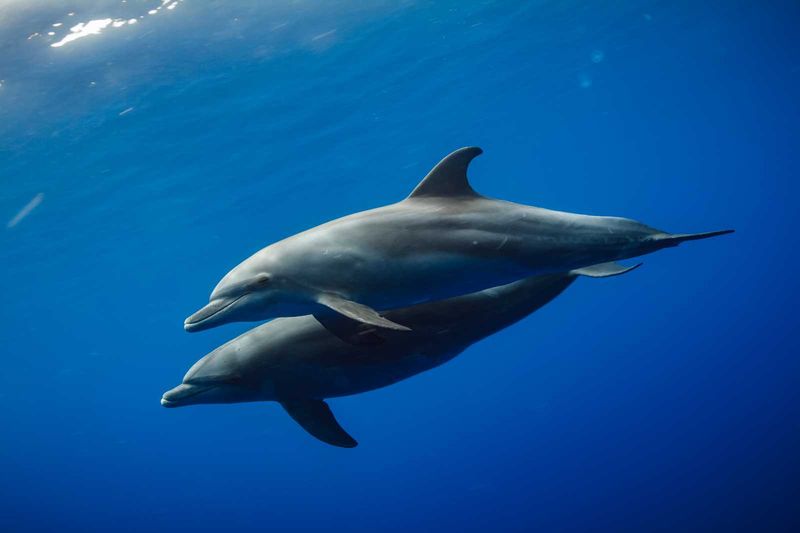
Dolphins are famous for their remarkable ability to use echolocation, which is a sophisticated form of sonar that allows them to navigate and hunt in the dark depths of the ocean.
By emitting sound waves and listening to the echoes that bounce back, dolphins can detect the location, shape, size, and even the texture of objects, including fish and obstacles in their environment.
This exceptional skill helps them avoid predators, locate prey, and maneuver through murky waters with incredible precision.
4. Tool Use In Sponging
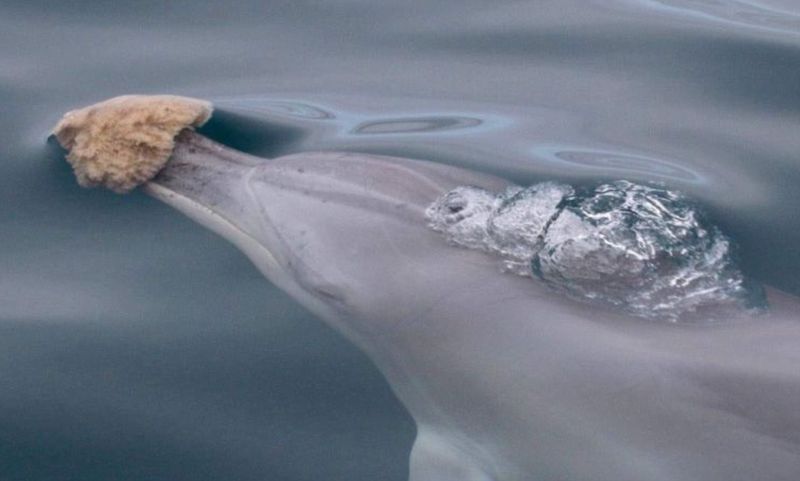
One of the most fascinating examples of dolphin intelligence is their use of tools, particularly in the practice of sponging. In some populations of bottlenose dolphins, females use sea sponges to protect their rostrums (snouts) while foraging on the ocean floor.
This behavior, passed down through generations, showcases dolphins’ ability to understand how tools can aid in survival, a trait rarely observed in the animal kingdom.
5. Signature Whistles As Names
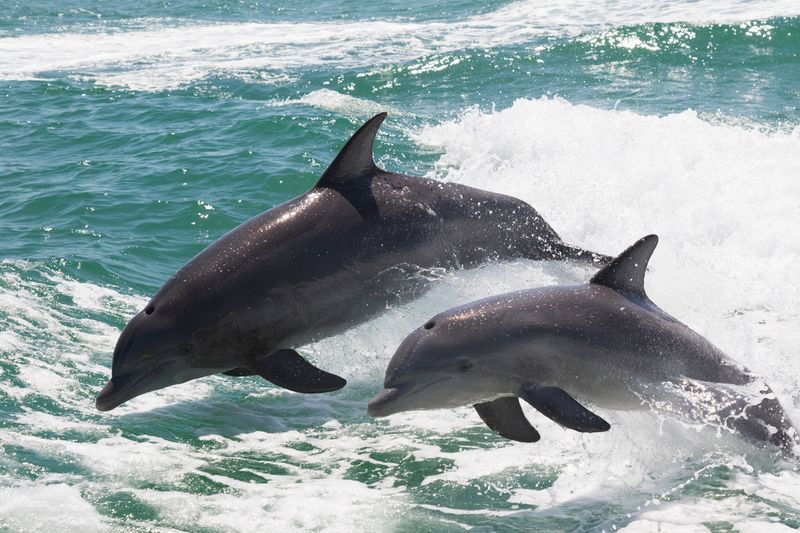
Dolphins have developed an intriguing way of identifying one another through signature whistles. Much like a human name, each dolphin has a unique whistle that serves as its “identity.” These whistles are used to call each other, and the dolphins can recognize their companions by their individual whistles.
This form of communication reveals just how social and self-aware dolphins are, as they can both identify and interact with specific individuals within their pods.
6. Cooperative Hunting Techniques
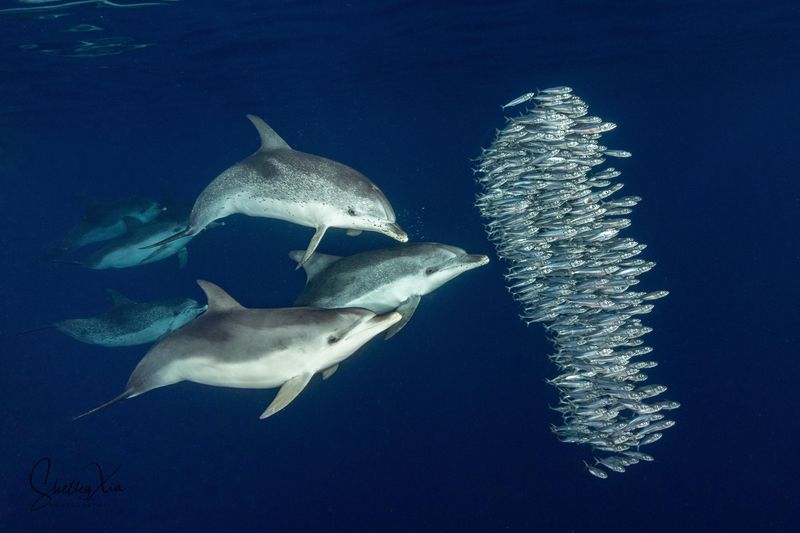
Dolphins are exceptional hunters, and one of their most impressive traits is their ability to hunt cooperatively. They often work together to herd schools of fish into tight groups, making it easier for them to catch their prey.
In some areas, dolphins even work with other species, such as humans, to catch fish. This cooperative hunting behavior demonstrates their advanced communication skills, teamwork, and ability to think strategically.
7. Complex Play Behavior
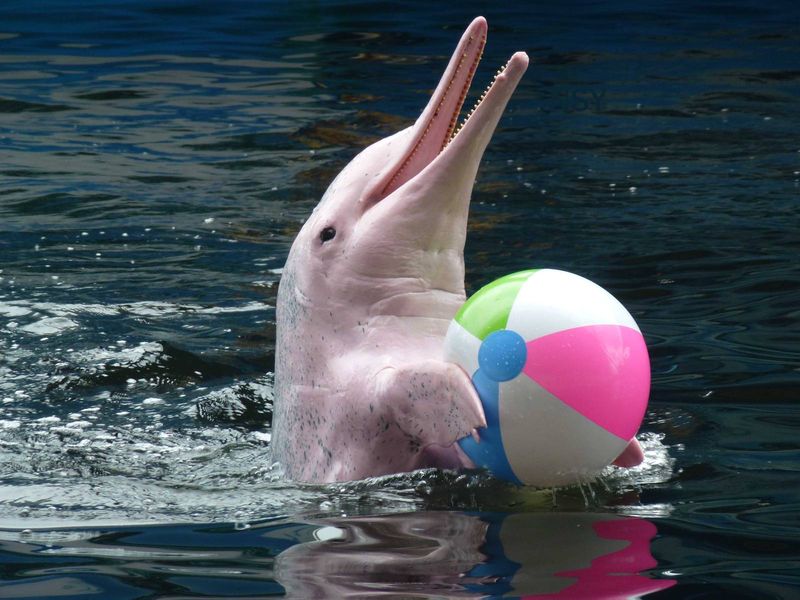
Dolphins are known for their playful nature, which is not just a sign of intelligence but also of emotional depth. They engage in various play behaviors, such as surfing on waves, playing with objects, and even interacting with other species.
Play is not only a form of entertainment for dolphins but also a method of social bonding and learning. Through play, dolphins practice important skills like hunting, problem-solving, and communication.
8. Problem-Solving Skills
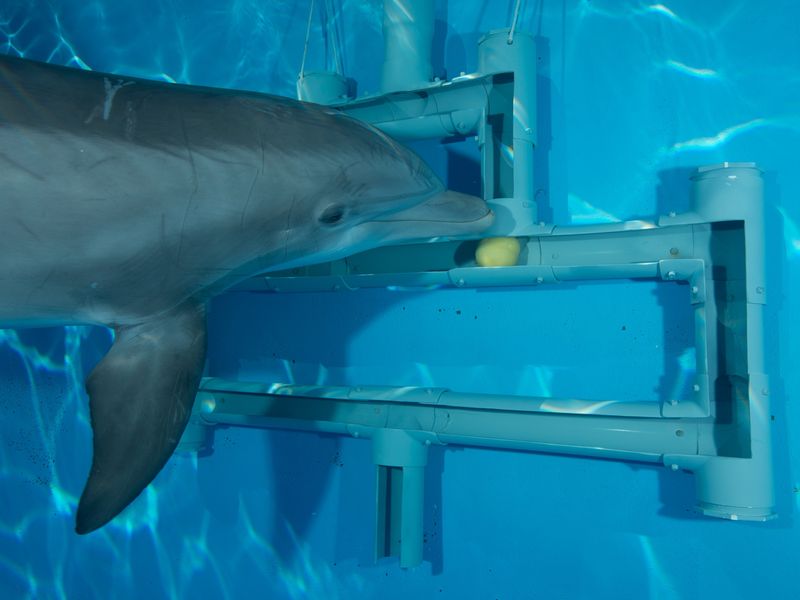
Dolphins are incredibly adept at problem-solving. They have been observed using tools, working in groups, and finding creative solutions to challenges in their environment.
In captivity and the wild, dolphins have been shown to navigate mazes, solve puzzles, and manipulate objects to achieve a desired outcome. Their ability to think critically and adjust their behavior based on changing circumstances highlights their remarkable cognitive abilities.
9. Social Learning Through Imitation
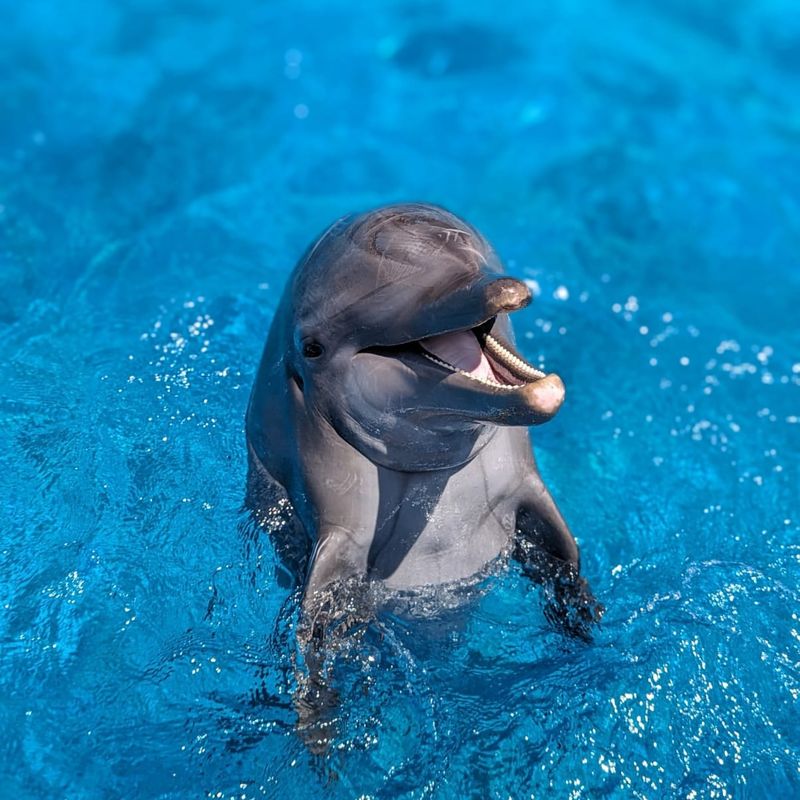
Dolphins are known to learn new behaviors by observing and imitating others. This form of social learning is essential for passing down knowledge within dolphin pods, ensuring that essential survival skills and cultural behaviors are maintained.
Dolphins have been seen copying the actions of other dolphins, from hunting techniques to playful behaviors, demonstrating how they can adapt and thrive in their social groups by learning from one another.
10. Empathy And Altruism
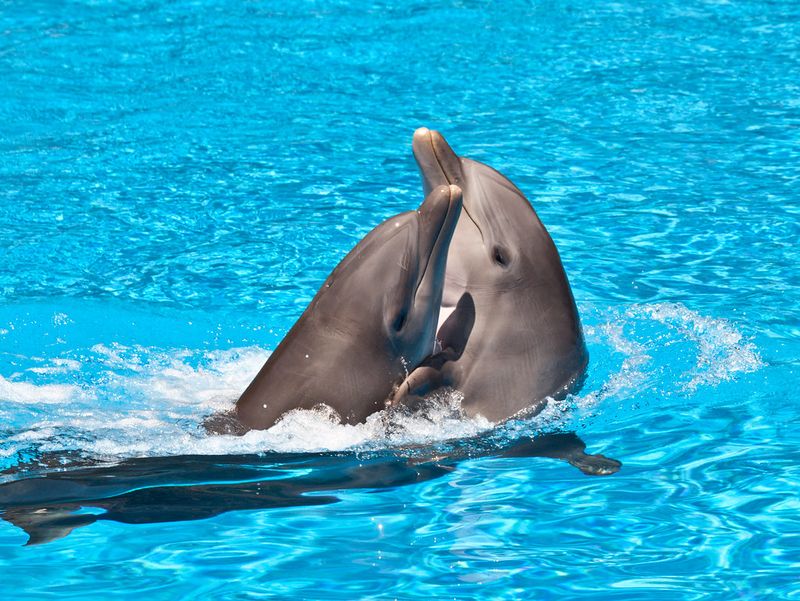
Dolphins display an extraordinary level of empathy and altruism, often helping injured or sick individuals in their pods. There are numerous reports of dolphins assisting other dolphins by supporting them to the surface to breathe, even when it is not in their immediate interest.
This behavior shows their emotional intelligence and capacity for compassion, something that is often only attributed to humans and a few other highly social animals.
11. Communication With Humans
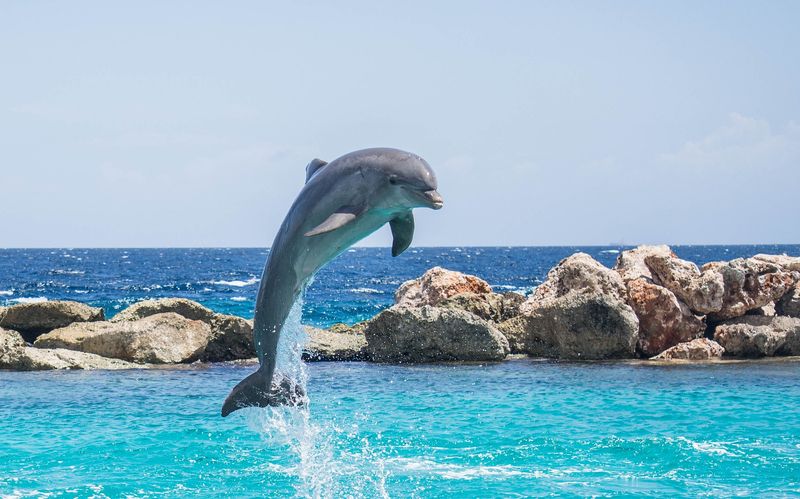
Dolphins are one of the few non-human species known to communicate directly with humans. Their ability to respond to human commands, recognize symbols, and even engage in cooperative activities with people is a testament to their intelligence and adaptability.
Many dolphins in captivity have been trained to perform tricks, while others in the wild show curiosity and approach humans to interact. Their willingness to connect with us reveals their advanced communication skills and their social nature.
12. Self-Recognition In Mirrors
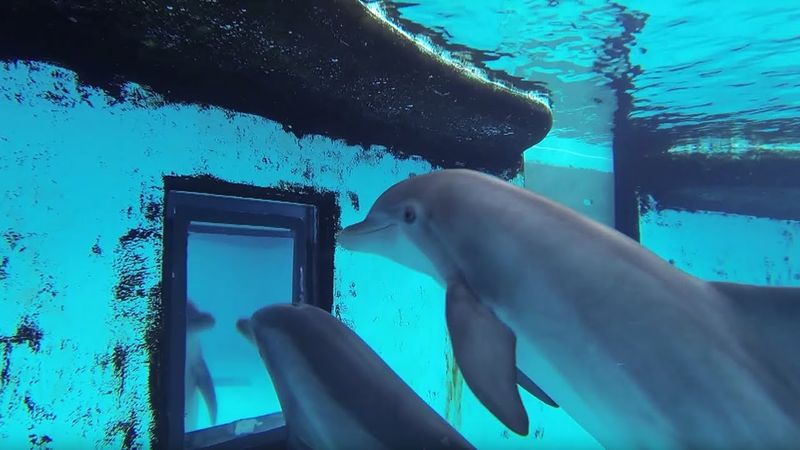
Dolphins have passed the “mirror test,” a famous experiment used to assess self-awareness in animals. In this test, dolphins recognize themselves in a mirror, showing that they can distinguish themselves from others.
This self-recognition is an indication of their cognitive sophistication, as it suggests a high level of introspection and awareness of their own identity, something that was once thought to be unique to humans and a few other primates.
13. Understanding Symbolic Language
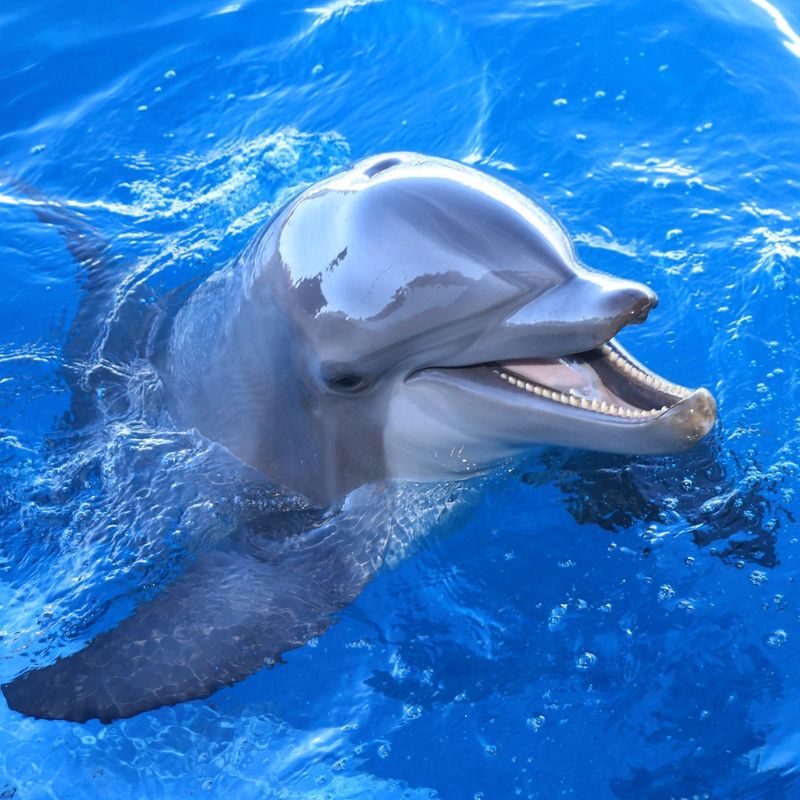
Dolphins are capable of understanding symbolic language, a skill that allows them to interpret and respond to abstract symbols or signs. In studies, dolphins have been trained to associate specific visual cues with actions or objects, demonstrating their ability to grasp abstract concepts.
This skill is crucial in helping them navigate complex social and environmental situations, and it underscores the depth of their cognitive abilities.
14. Complex Social Structures
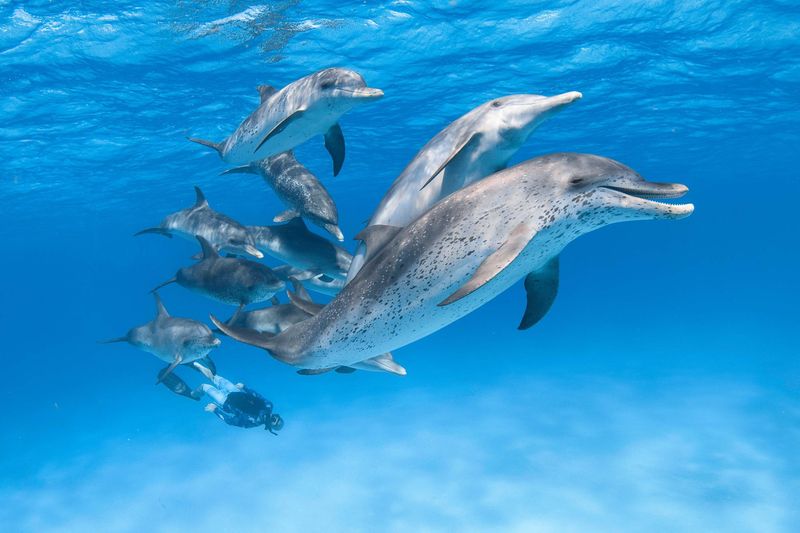
Dolphins live in highly structured social groups called pods, which are often formed based on familial ties or cooperative hunting practices. These groups are complex and hierarchical, with dolphins forming bonds that last a lifetime.
Within their pods, dolphins exhibit a range of behaviors, from leadership roles to close-knit family dynamics, which reflect their need for social interaction and cooperation. The complexity of these structures highlights the importance of social relationships in dolphin societies
15. Cultural Transmission Of Behaviors
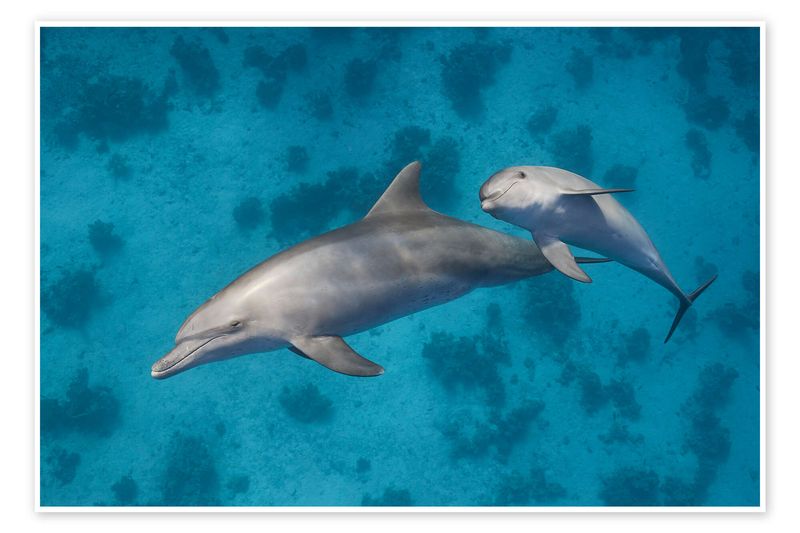
Dolphins are known for transmitting behaviors and knowledge from one generation to the next. This cultural transmission allows dolphins to pass down important survival skills, such as hunting techniques, and social behaviors within their pods.
This process is similar to the way humans pass down cultural knowledge, indicating that dolphins have a sophisticated method of learning and sharing information.
16. Problem-Solving In Habitat Navigation
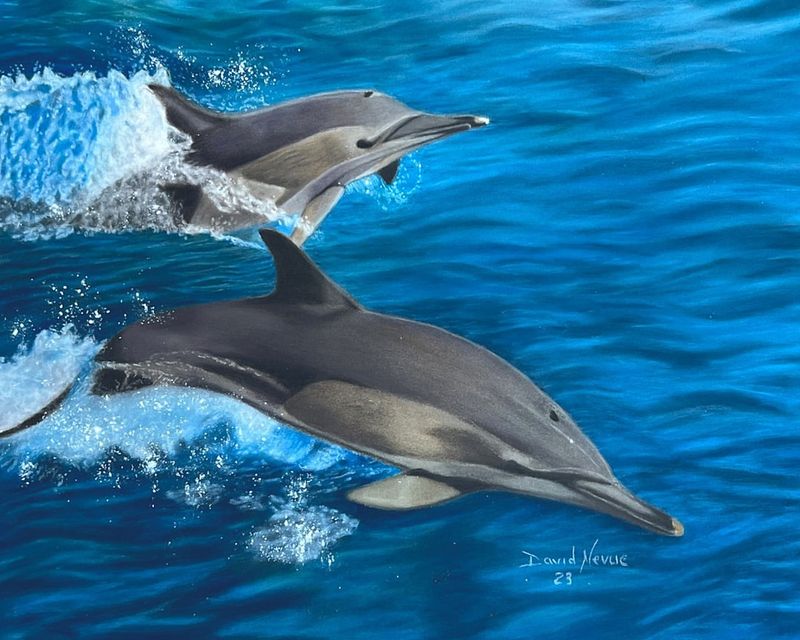
Dolphins are skilled navigators, able to find their way through complex environments. They use a combination of echolocation, environmental cues, and social learning to navigate vast oceanic spaces.
Their ability to adapt to and solve challenges in their habitats, such as finding food or avoiding predators, shows how versatile and intelligent they are in their natural environment.
17. Mimicking Human Actions
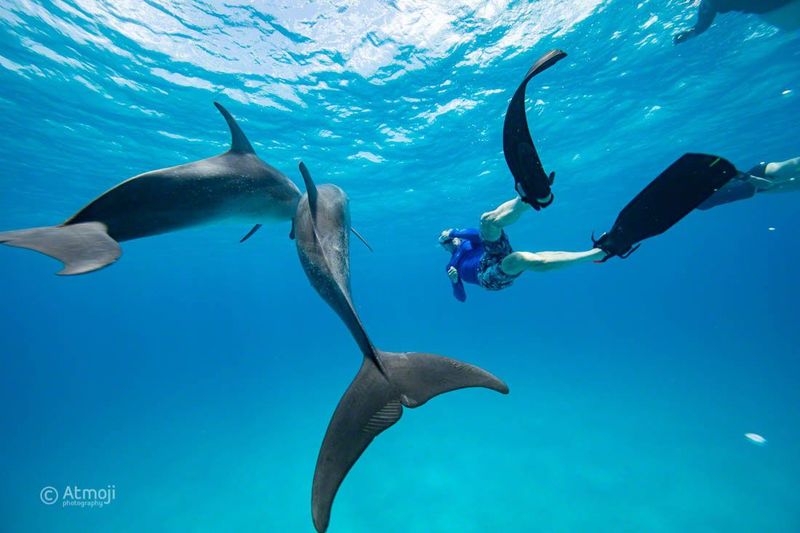
Dolphins have an impressive ability to mimic human actions, which demonstrates their capacity for learning through imitation. They can replicate human gestures, such as waving, and sometimes even imitate the sounds or movements of human trainers.
This mimicry highlights their advanced cognitive abilities and their tendency to learn and adapt from the environment and those around them.
18. Memory And Recall Capabilities
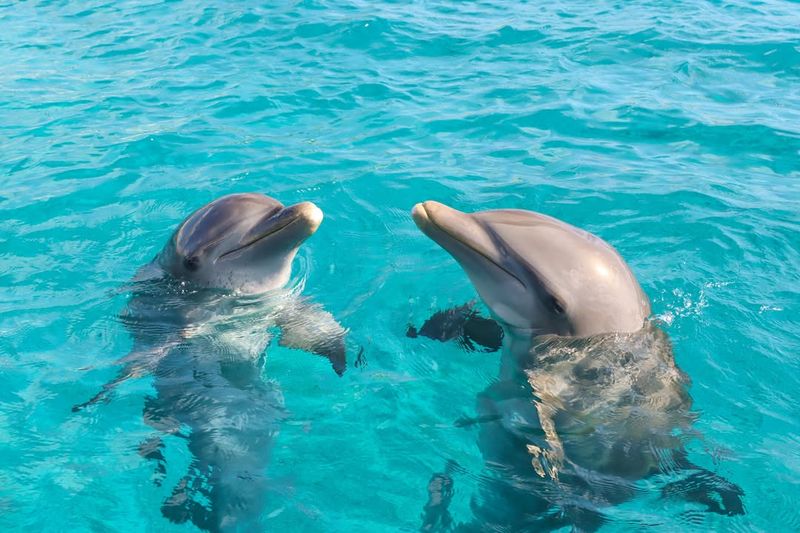
Dolphins have remarkable memory and recall abilities, which help them maintain complex social structures and navigate large territories.
They can remember individual dolphins, even if they have been separated for years, and recall interactions or locations. This impressive memory is essential for maintaining social bonds and for solving problems that require long-term recollection.
19. Altruistic Behavior Towards Other Species
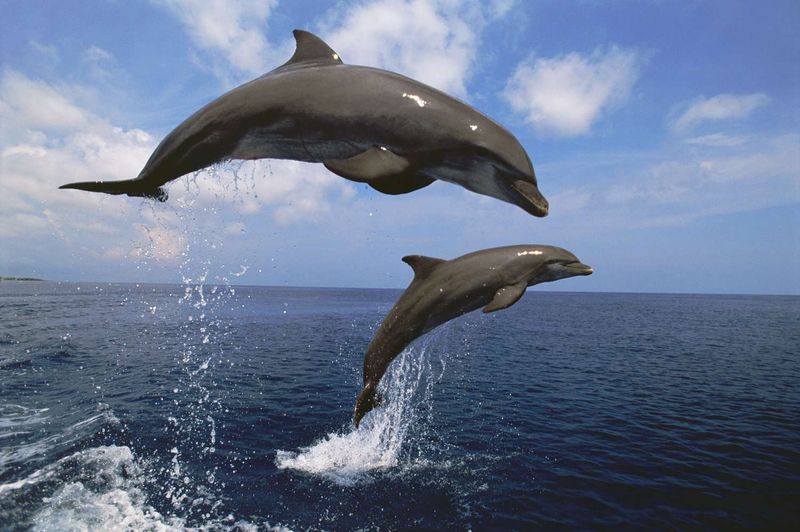
Dolphins are not only altruistic toward other dolphins but also show empathy and help other species. There are recorded instances of dolphins assisting stranded whales or guiding lost fish to safety.
This cross-species altruism shows their deep empathy and understanding of other creatures’ needs, making them unique among non-human animals.
20. Adaptability To Changing Environments
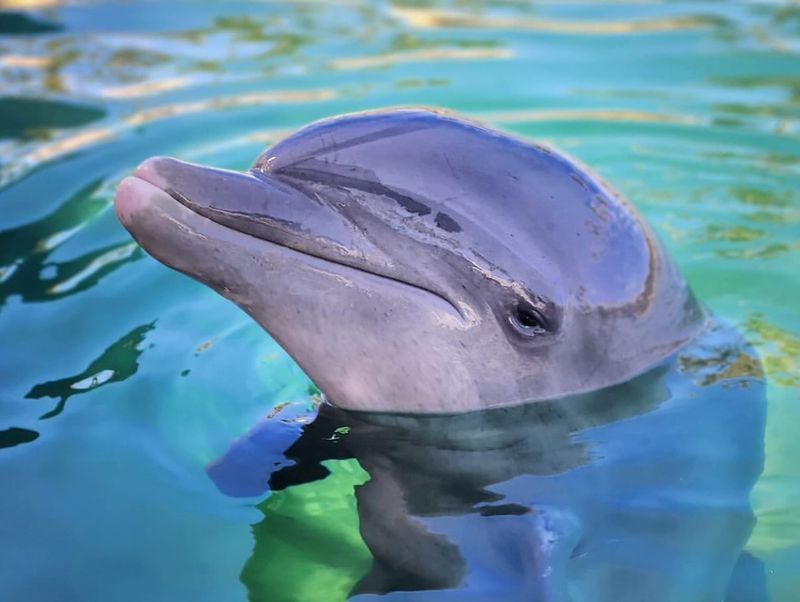
Dolphins are highly adaptable animals that can thrive in a wide range of environments, from warm coastal waters to colder ocean regions.
They adjust their behaviors, hunting strategies, and social structures based on changing conditions. This adaptability is one of the reasons dolphins have flourished in a variety of ecosystems, showcasing their resilience and intelligence.
21. Group Problem-Solving Abilities
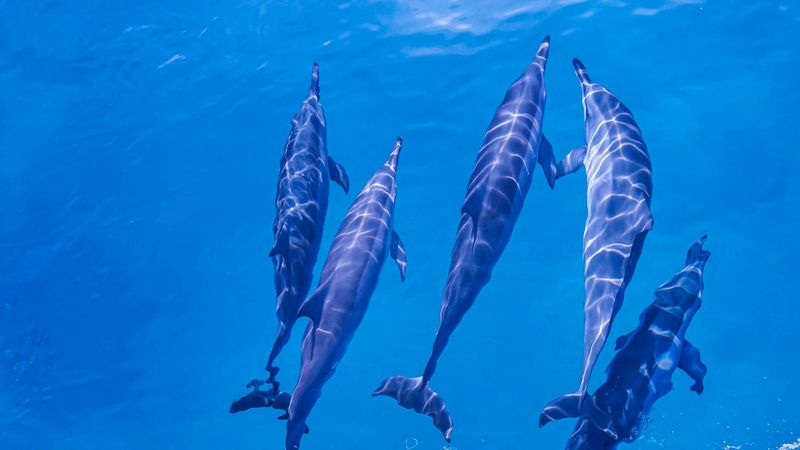
Dolphins exhibit group problem-solving abilities, working together to tackle challenges they face in their environment.
Whether it’s hunting for food or protecting themselves from predators, dolphins often collaborate within their pods to find solutions. This ability to work as a team and share problem-solving strategies is a testament to their social intelligence.
22. Use Of Bubble Rings
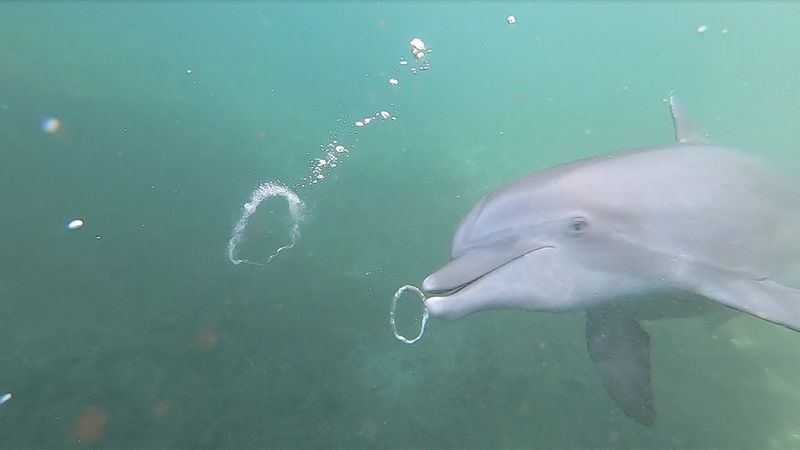
Dolphins are known to create bubble rings by blowing air through their blowholes and using their mouths to shape the bubbles into rings.
This behavior is not only a form of play but also a display of creativity and advanced physical coordination. Dolphins enjoy interacting with these bubbles, showing their love for exploration and fun.
23. Recognition Of Numerical Concepts
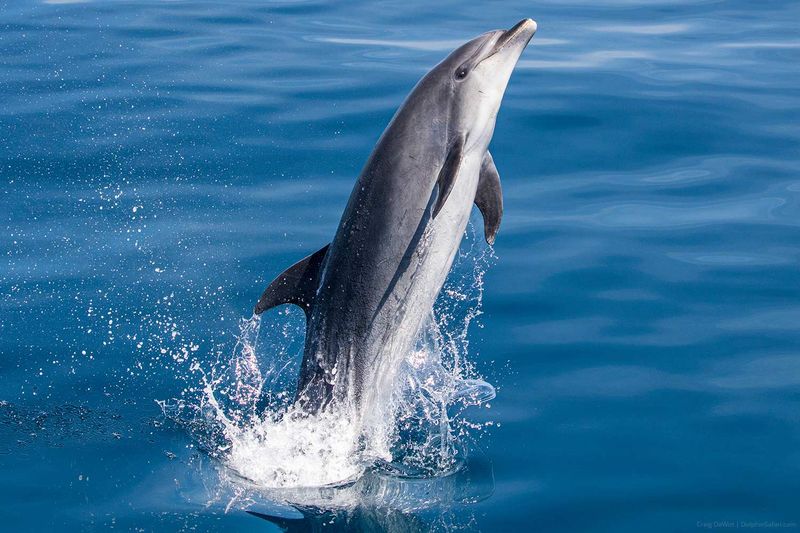
Dolphins have the ability to understand basic numerical concepts, such as counting and differentiating between quantities. In experiments, dolphins have been shown to choose larger groups of objects over smaller ones, indicating their ability to recognize and compare numbers.
This understanding of numerical concepts is a sign of their cognitive sophistication and their ability to process complex information.






